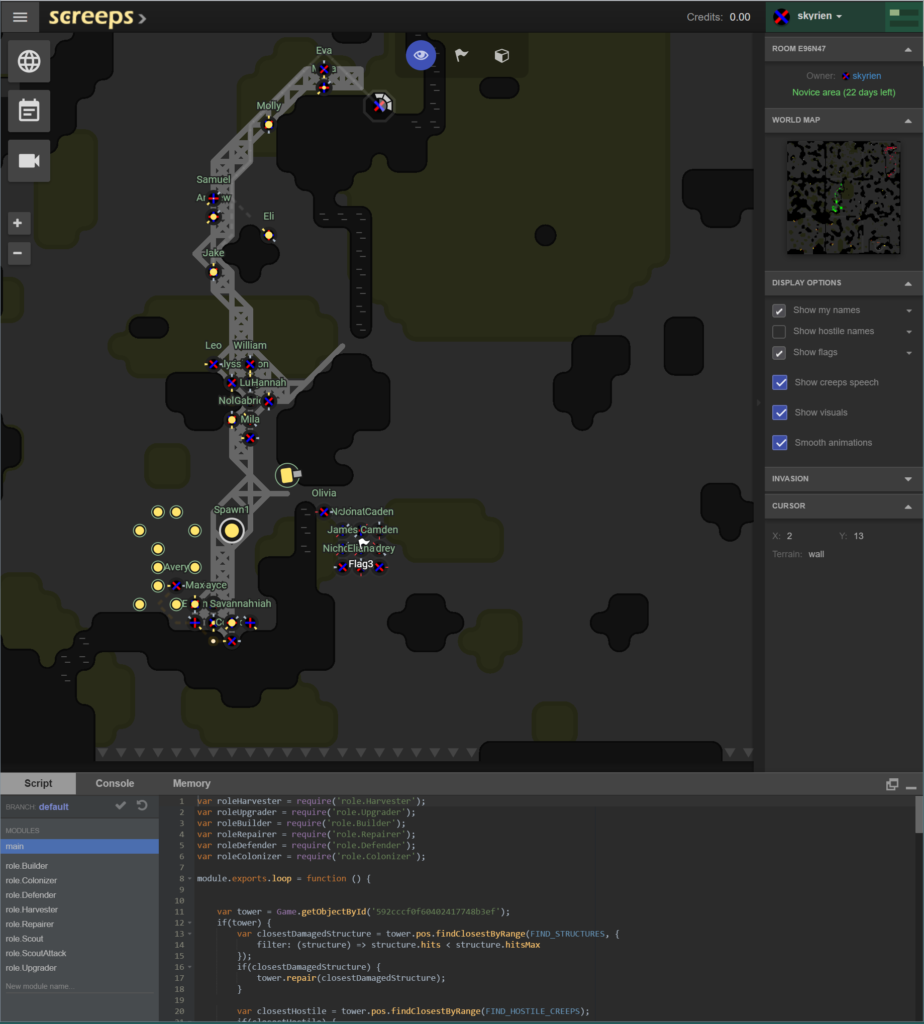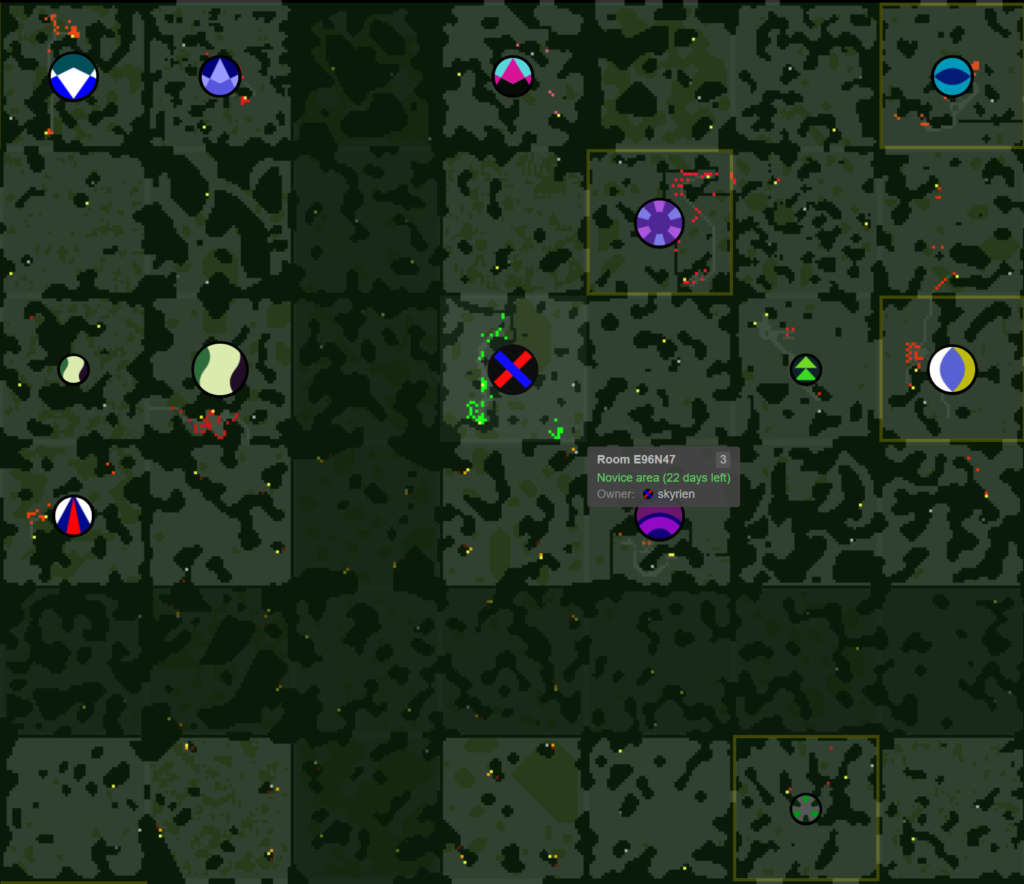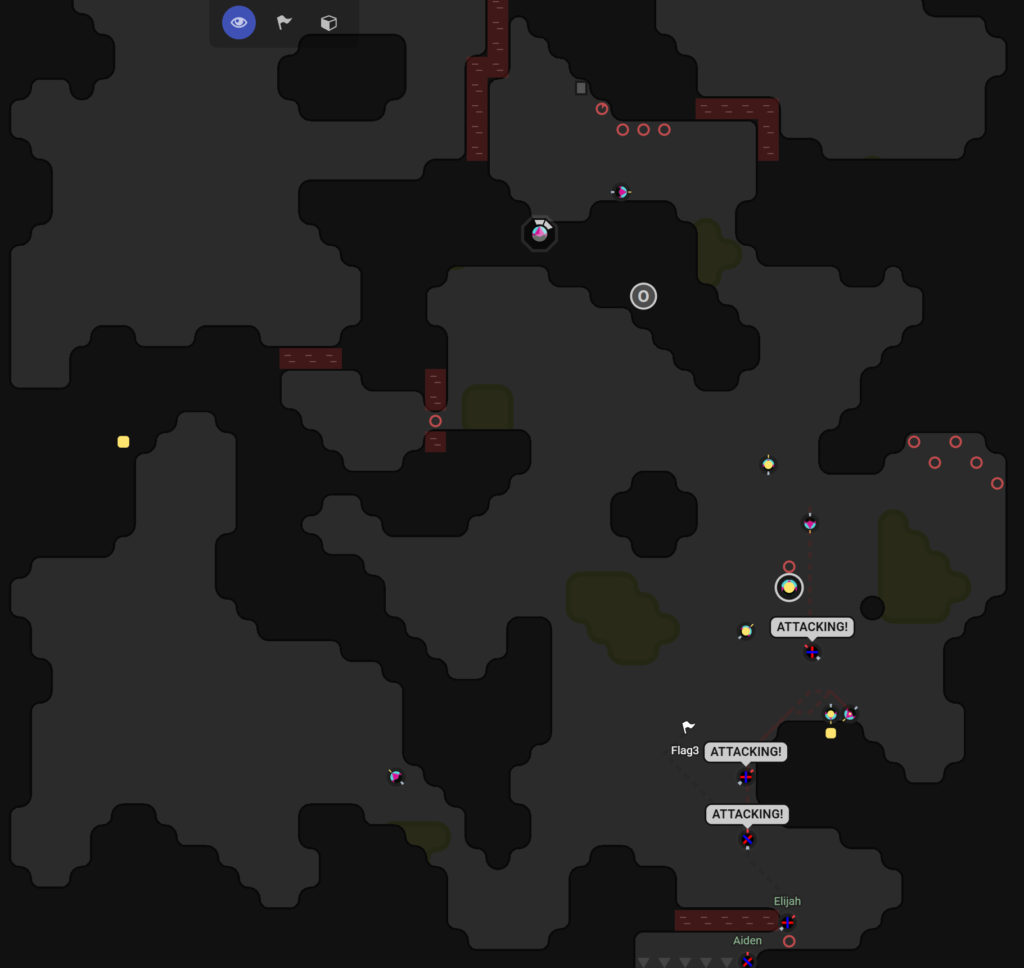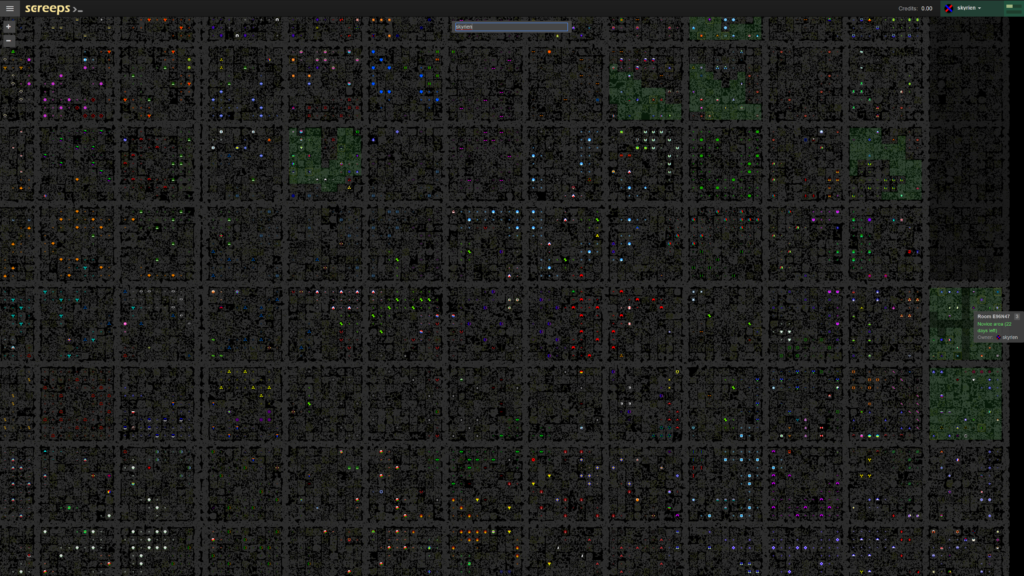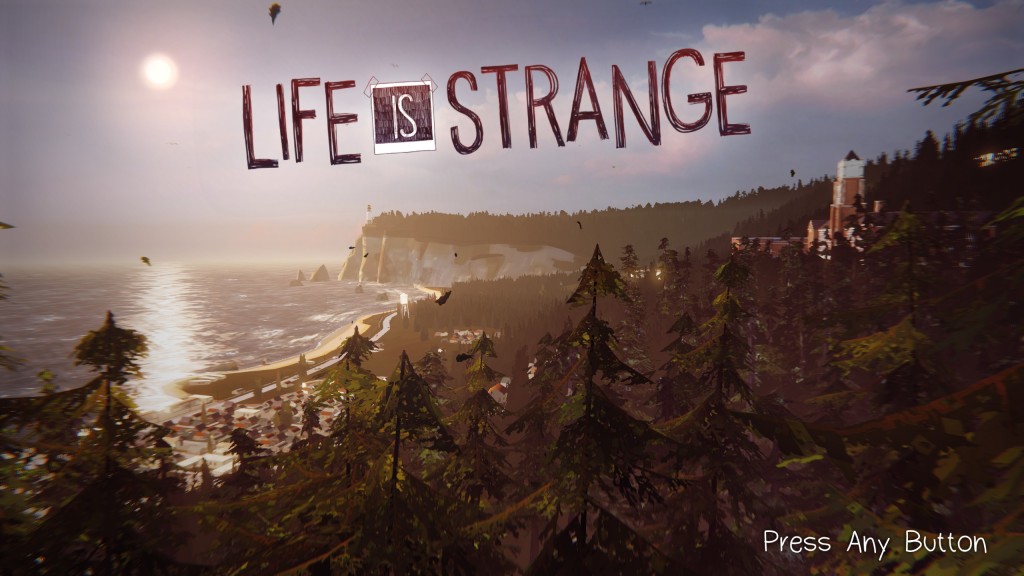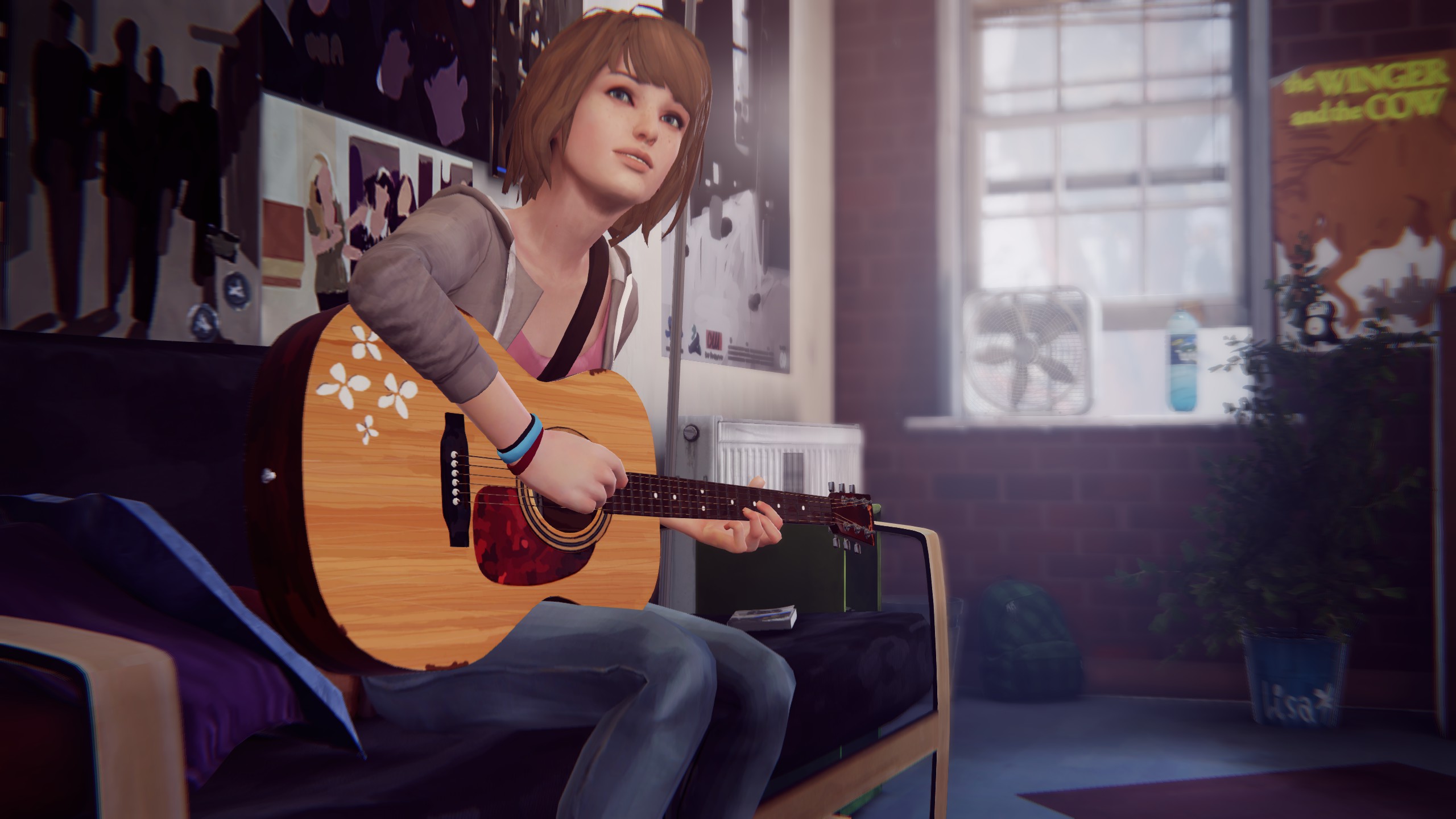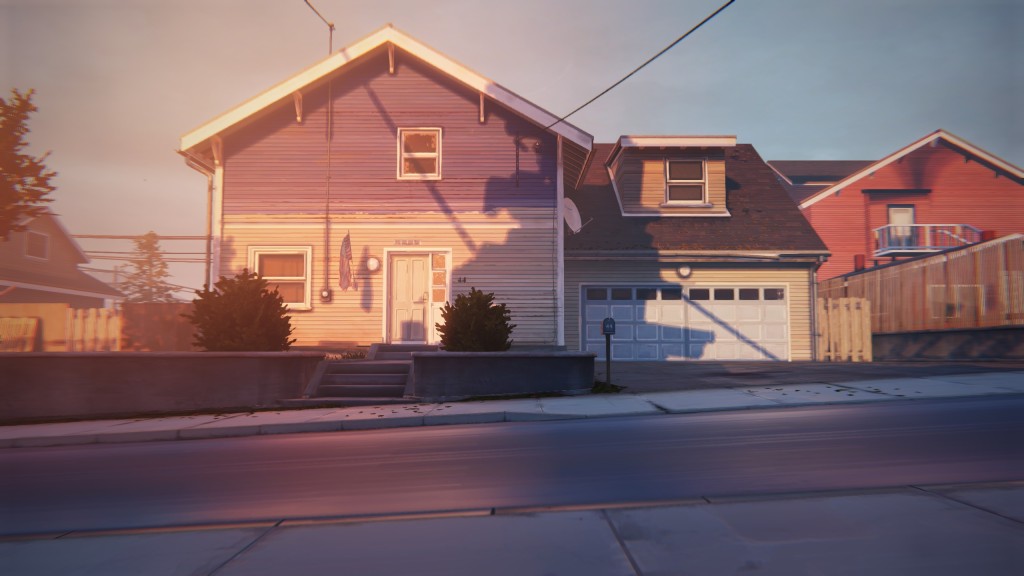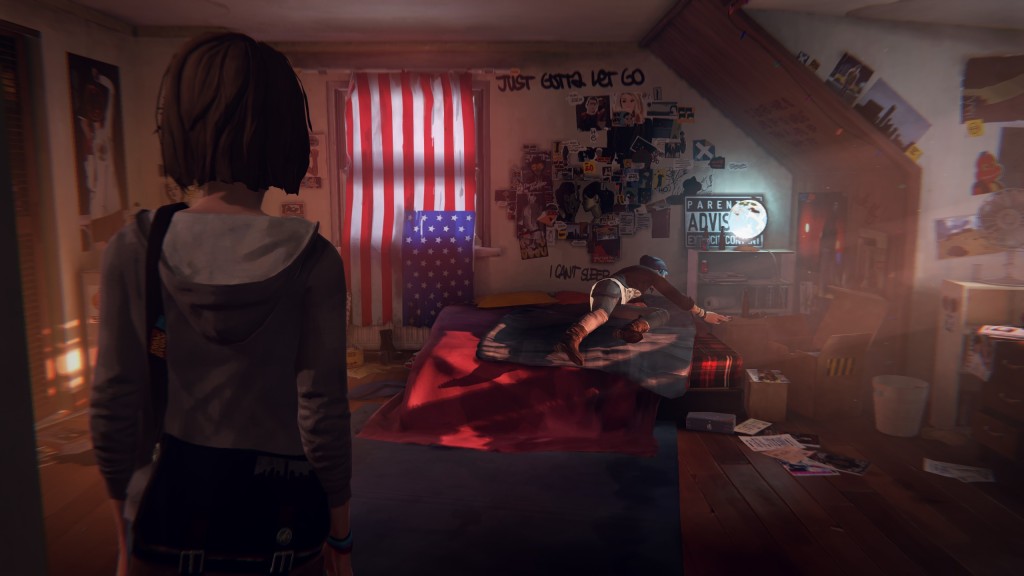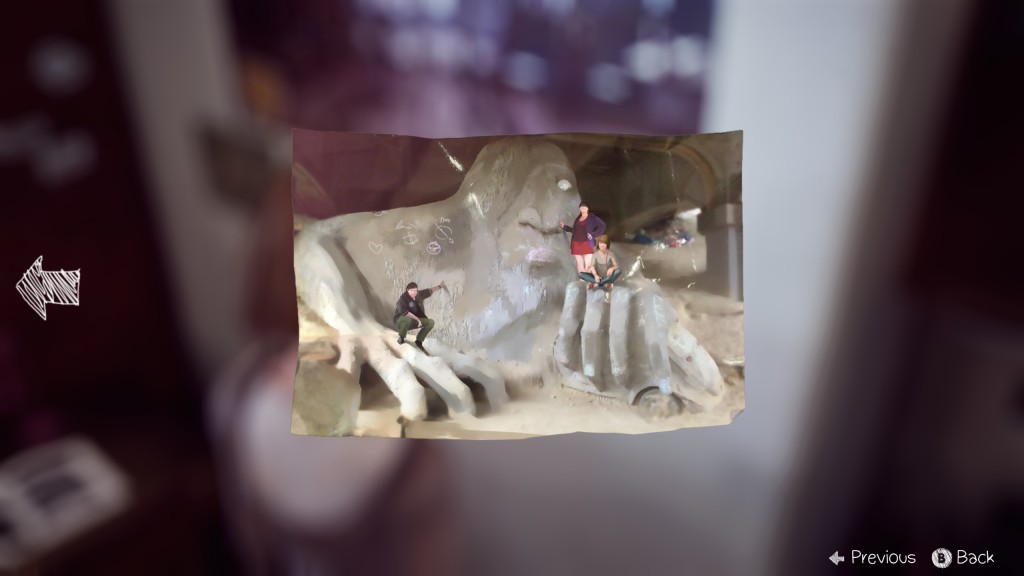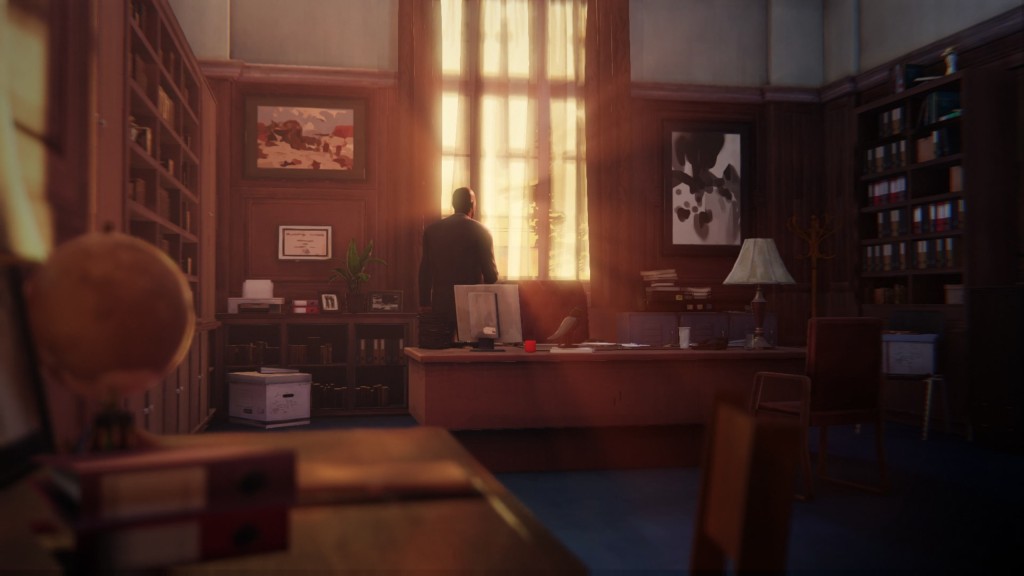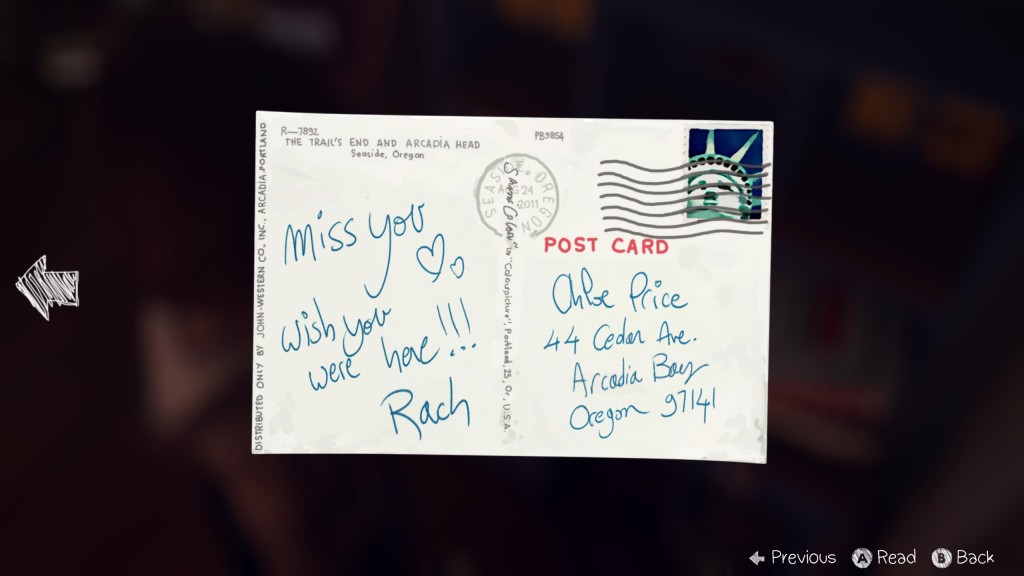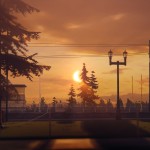Role-playing city building and PVE real-time 4X strategy in a near-future Mars colonization simulation game
Wanted to put out a quick rave about my favorite game of (my) 2019 so far: Surviving Mars (2018), by Haemimont Games (out of Sofia, Bulgaria), published by Paradox (which also published my favorite game of 2015, Cities Skylines)!
Xbox Release Trailer
I bought Surviving Mars on a whim after checking the Steam review metascore, having never heard the game before (kind of the best way to have any kind of media experience, really). I was not disappointed! The title may suggest survival-oriented game mechanics, but I think the best description for the game would be Cities Skylines on Mars. Or as another reviewer wrote: Simcity with soul.
Simulations are one of my favorite game genres (the first game I ever bought was SimAnt, by Maxis) and games like the SimCity and the Sims series’ have provided me hundreds of hours of fun, challenge, and a sense of accomplishment; kind of like growing a virtual garden from scratch and checking it out once completed. The sheer scale of what you can build and simulate produce intricate emergent properties entirely artificial life constructs that are fun to observe on their own. It’s kind of like the Conway’s Game of Life, but with far more variables and a sense of purpose.
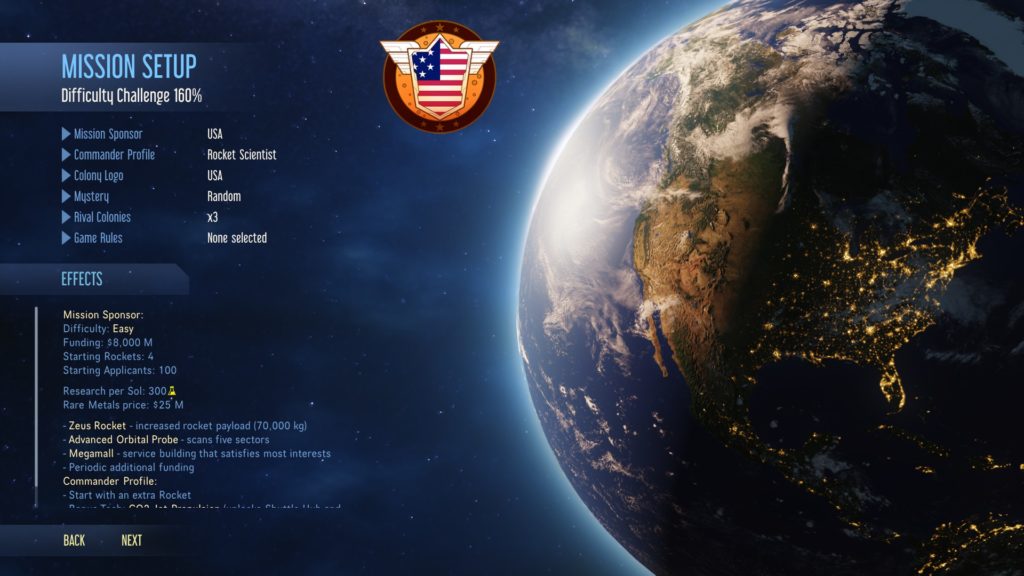
Clearly a lot of love went into this game to represent a believable martian environment both at the macro planetary level as well as down to the human scale. I particularly love that the game provided the ability to land basically anywhere on the planet, including some historical sites–just to give it a, “this is the real Mars” personality. It doesn’t create any in game consequence though. Just use a little imagination 😉
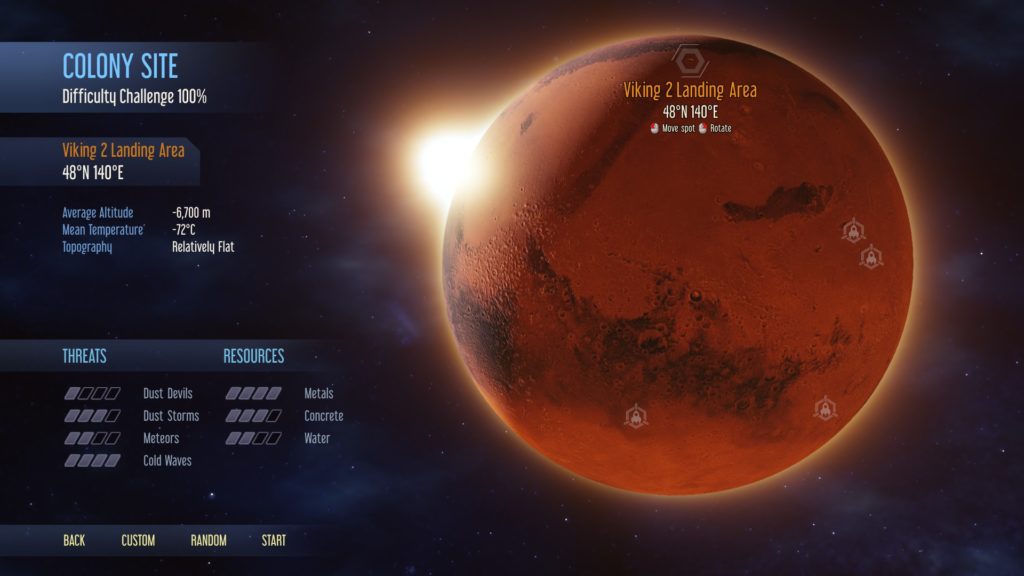
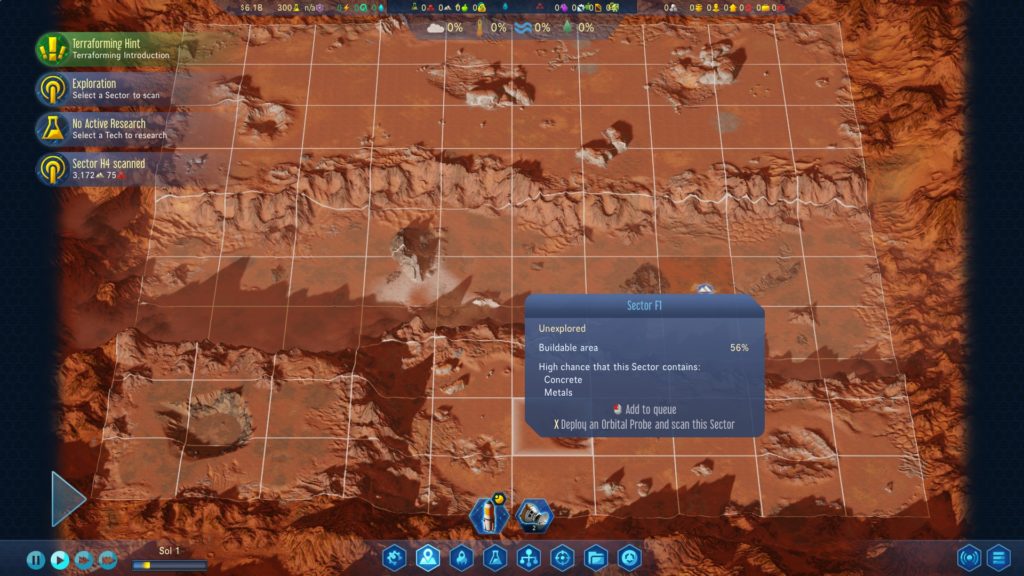
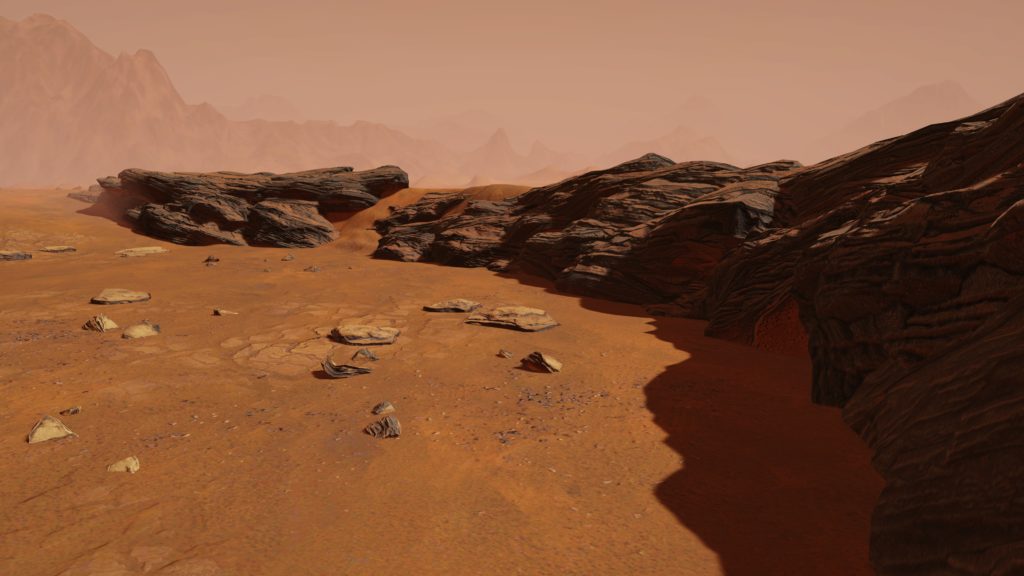
The purpose of Surviving Mars, of course, is to build a self-sustaining city on Mars (Elon Musk would earn his ST:Discovery mention if he can get humanity to this point). This is no novice task — Surviving Mars has you starting with a rocket (imagine the early iterations of SpaceX’s pre-Starship BFR) landing with a skeleton complement of autonomous robots and resources. Living off the land is the only way to get anywhere (as it will be in real life), so much of the early game is a constant hunt for resources; more concrete, more metal, more water, etc…
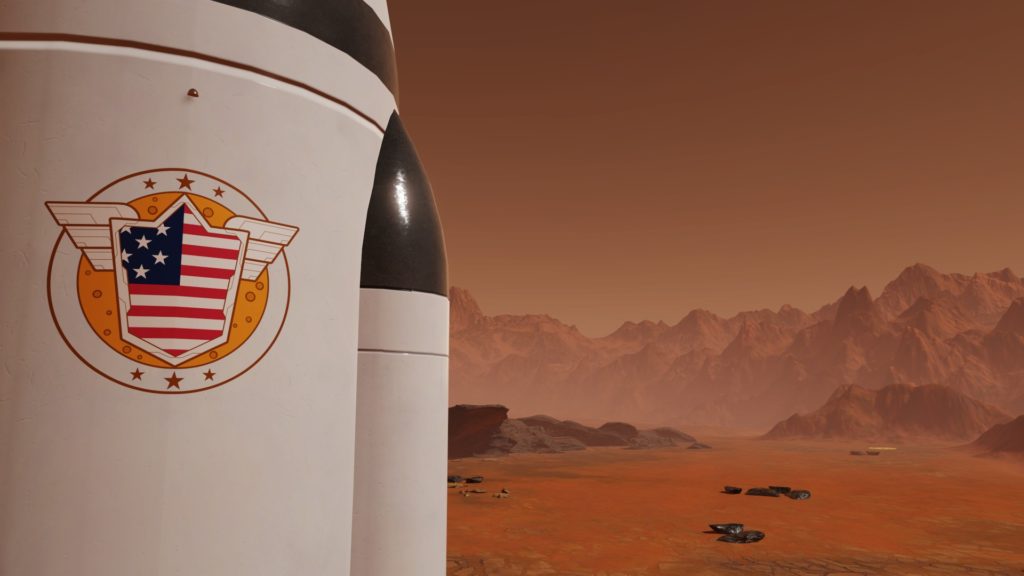
Through most of this, the early game feels a bit more like real-time strategy / 4X than city building. Unlike Cities Skylines or Simcity, you directly control key “hero” units like Explorers that survey planetary anomalies and cargo rovers that enable a crude point-to-point supply chain management (or desperate resupply to a fledgling satellite colony). The game quests (or “Mysteries” as the game calls them) also operate much more like a real-time strategy game than most city building game scenarios, much to my enjoyment.
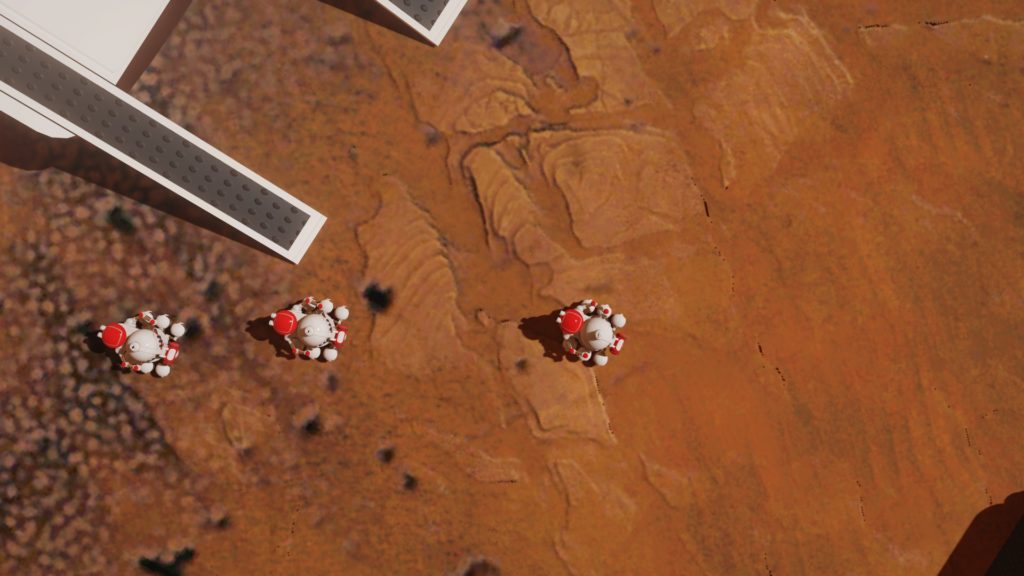
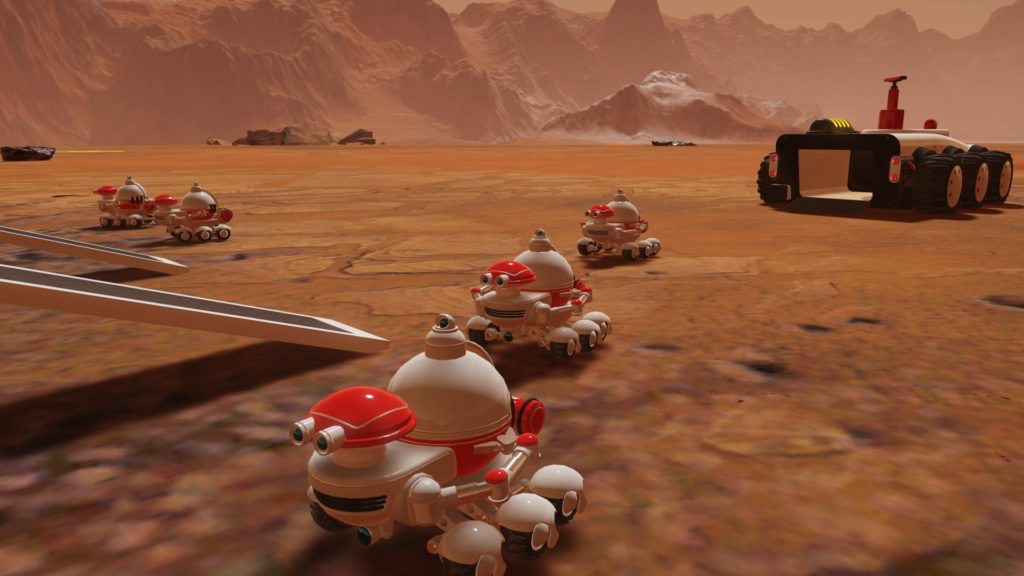
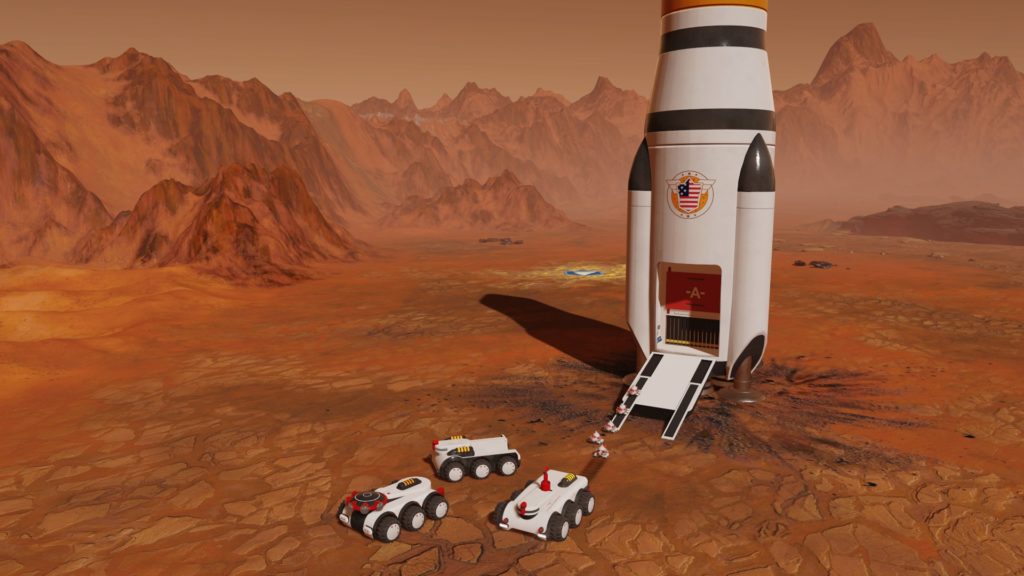
The game has quite a number of random events/quests that give a lot of depth to the game’s backstory. City building games rarely have such things, leaving most to the imagination, but Haemimont’s done something awesome here in creating a single player simulation strategy game that’s more than just a city builder with disasters.
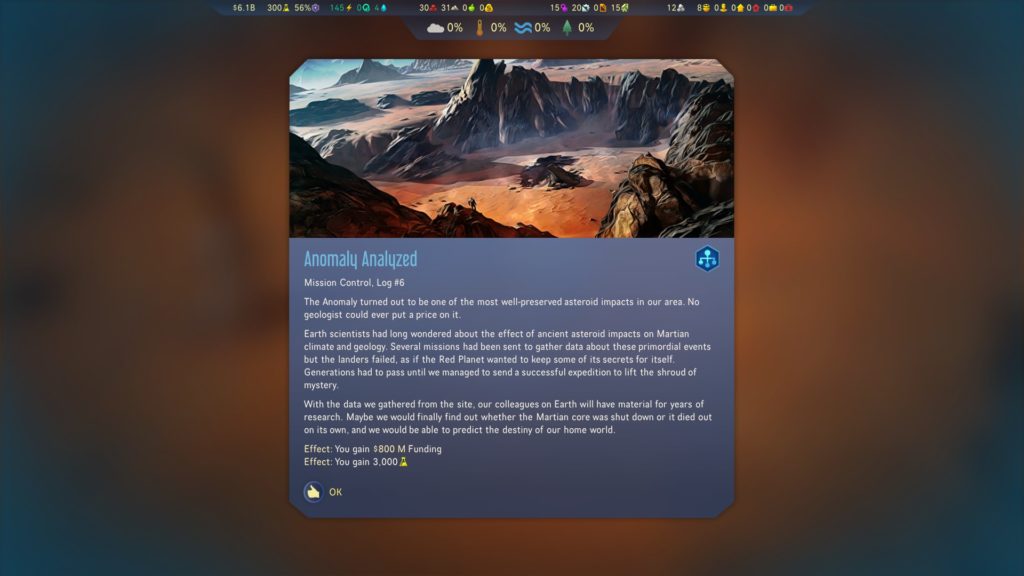
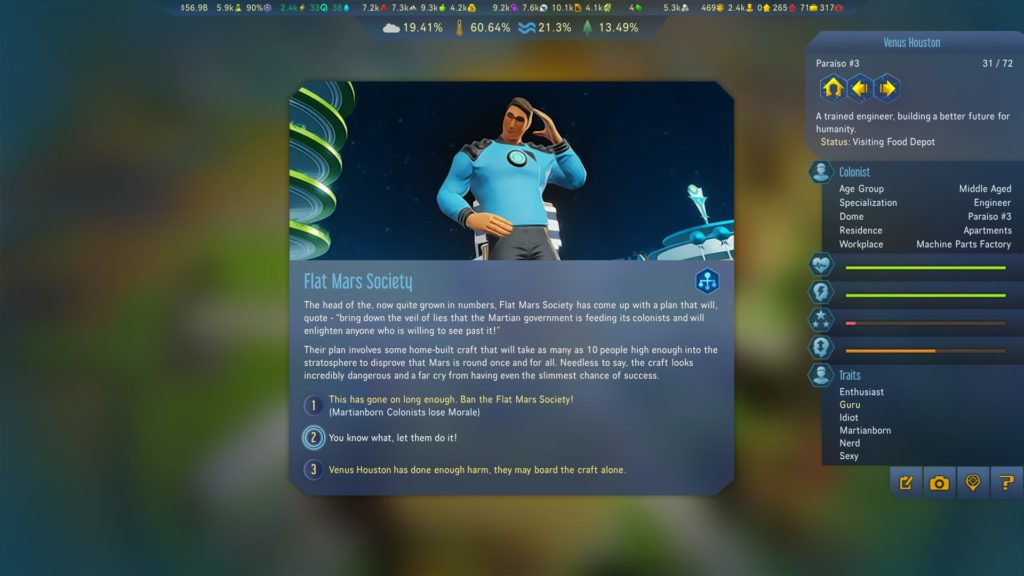

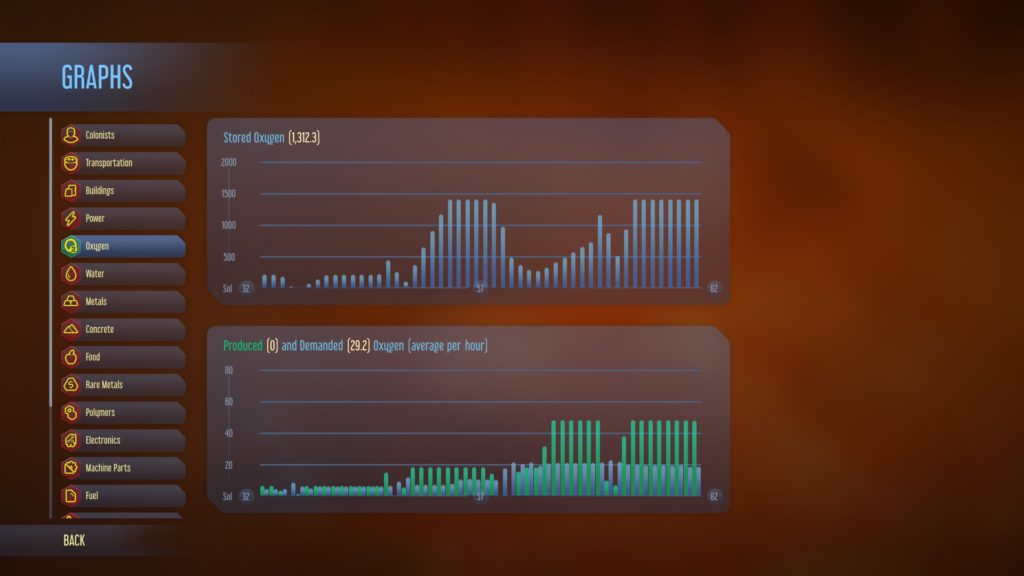
The game also provides a great ambient atmosphere, thanks to a stellar soundtrack By George Strezov and series of entertaining “radio” options, with a great tie-in to Cities Skylines, which curiously had the Mars radio station (perhaps they’re set in the same Paradox universe?).
I also remember reading somewhere that “real” martian geography was somehow included in the game, but the actual maps appear to be a far smaller set of maps in rotation (less than 10 vs the 50,901 start locations available). Perhaps future expansions can provide more scenario-based maps, or at least a greater variety of terrains.
Minor quips in an otherwise spectacular package.
Also of note, the Green Planet expansion offers an entirely new next step in colony development with the addition of a terraforming dynamic that continues until the entire planet is a lush, Earth-like world.
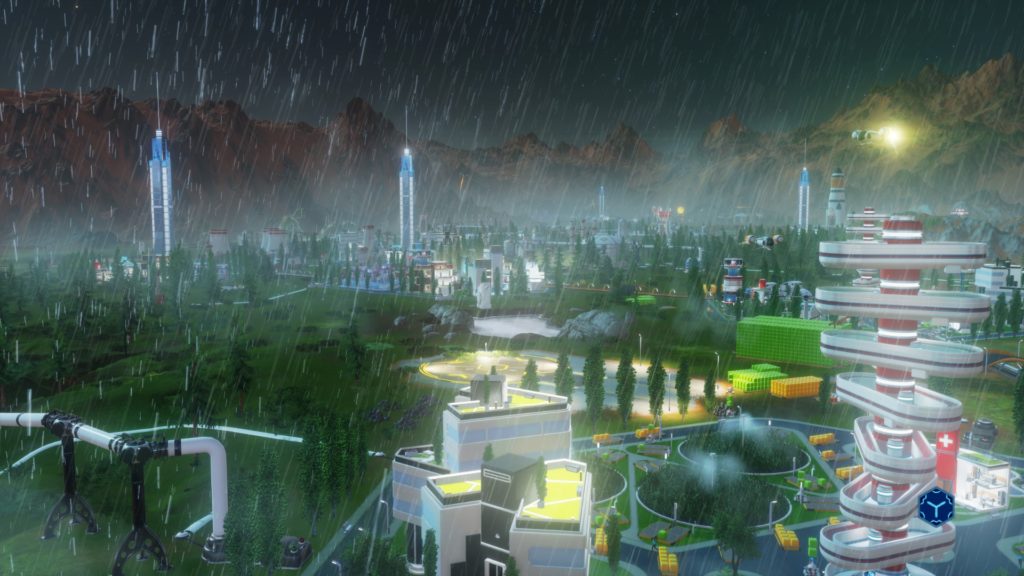
LOVED:
- Near-future space theme has a tech tree and plausibility is more believable than most science fiction
- Game is challenging, mostly in a good ways! Many Steam reviews complain about the difficulty of Surviving Mars. I recommend auto-save at short intervals (once per sol for me). One temporarily disrupted supply chain can quickly cripple a city lacking redundancy and drive an early stage martian colony into collapse. Many of the same people also describe the game as often “stressful”. That too can be apt, but this is a game that one attains mastery in with experience; and as that occurs, much of these issues can be avoided.
- Scenarios add unique game dynamics that feel like minigames of their own; adding replayabilty.
- Visuals are beautiful! See screenshots! After building a massive Martian city, I’d often poke around in Photo Mode for hours taking snapshots of the dynamic ecosystem that is a Martian colony. It also runs reasonably well at 4k resolution on my 5-year old GTX 970 (latter screenshots).
Screenshots
Spectacular stuff! I hope to see more of it!
References:
- Gamespot review: https://www.gamespot.com/reviews/surviving-mars-review-building-the-final-frontier/1900-6416877/
- Surviving Mars Soundtrack: https://www.youtube.com/watch?v=6zlapZxOAog
- Surviving Mars Announcement trailer: https://www.youtube.com/watch?v=kG8b3rCI5rY
- Surviving Mars Xbox release trailer: https://www.youtube.com/watch?v=sovutsHwmj8


































